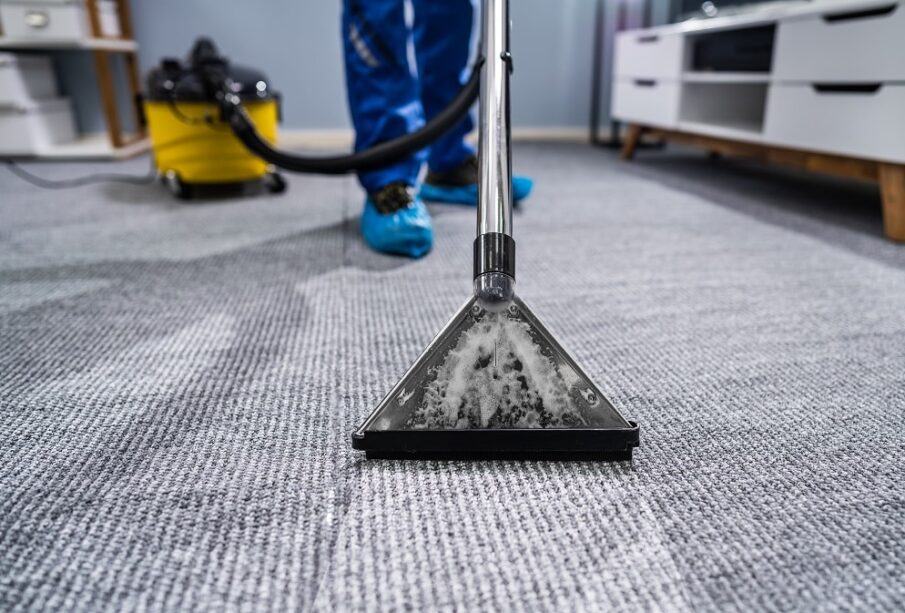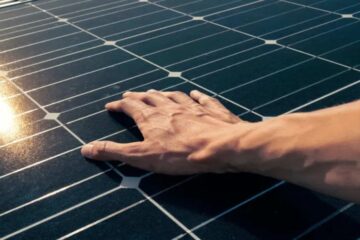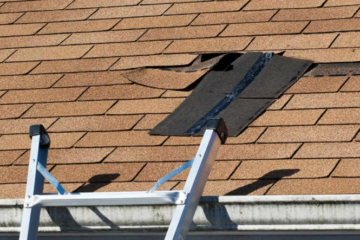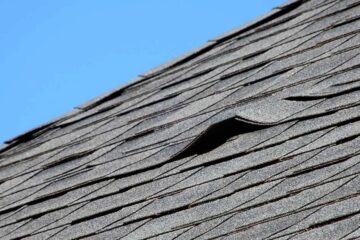Water Extraction and Water Remediation: A Detailed Overview

Water damage cleanup is different from water remediation. Both are separate steps of water restoration. In the restoration process, water damage cleanup san-fernando-valley takes place in the first place. The following steps are mitigation, remediation, and restoration. The purpose of the whole process is to return the impacted zone to its previous condition. After cleaning the water-damaged area, the remediation process takes place. This phase includes drying, sanitizing, and repairing. This article will discuss some essential points regarding these two steps of water restoration.
Water Damage Cleanup
Water removal is an important step in flood water damage. As the name implies, the process is all about removing the accumulated water in the area. Since flood water is contaminated with hazardous chemicals, fungi, and dirty water, people whose property has been affected by this often require professional help for the proper cleanup. Experts remove any remaining water from drywall, ceilings, carpets, and floors. Specialized techniques are used to remove water from furniture and other personal items.
Experts of water damage cleanup san-fernando-valley services use specialized equipment such as
- Vacuum extraction tools for water
- Desiccant dehumidifying equipment
- Industry-tested cleaning equipment and supplies
- Thermo-hygrometers and moisture meters
- Drying solutions for wood floors and subfloors
- Axial fans and heavy-duty centrifugal air movers
- Specialized cleaning and disinfection supplies
Water Remediation
Water remediation focuses on sanitation and restorations to prepare for the final restoration. The procedure ensures a clean, dry setting which offers a solid basis for restoring a property to its pre-loss state. This vital step in the procedure acts as a link between the water extraction and the ultimate restoration. The process includes the following steps:
Proper Moisture Monitoring
Every effort is made to find and remove any hidden pockets of moisture. This meticulous approach prevents recurring issues like wood rot and mold growth.
Sanitization
To avoid additional damage, all impacted surfaces and materials are cleaned with techniques and products designed to avoid future harm. Cleaning is followed by the use of OSHA-approved sanitizing solutions.
Final Drying
The final stage of water remediation is structural drying. Industrial machinery is left running for a few days or longer before technicians declare the drying process has been done.
Conditional Repairs
The last stage deals with the fixes that need to be made before restoration. It can include areas like drywall, flooring, and ceilings. Sometimes removing non-salvageable items becomes necessary for remediation.
Conclusion
Water cleanup is always a part of the process when fixing a plumbing leak in a home. However, large-scale water damage may result in an overwhelming amount of effort. If the scope of the project makes one a bit anxious, consulting with a company that specializes in water damage cleanup and restoration is an intelligent approach. These courtesy and services offered by the best water damage professionals make it easier. Expert solutions include mitigation, remediation, and restoration. Experts also help one in completing their water damage insurance claim. Again, water damage experts use a variety of cutting-edge equipment and specific supplies. In a nutshell, working with a professional water damage cleanup san-fernando-valley company makes things more accessible and more manageable.











